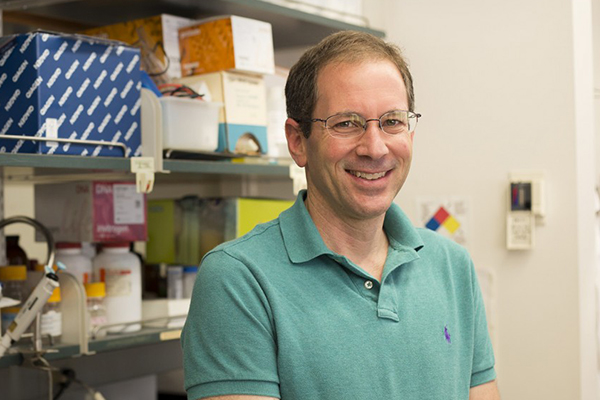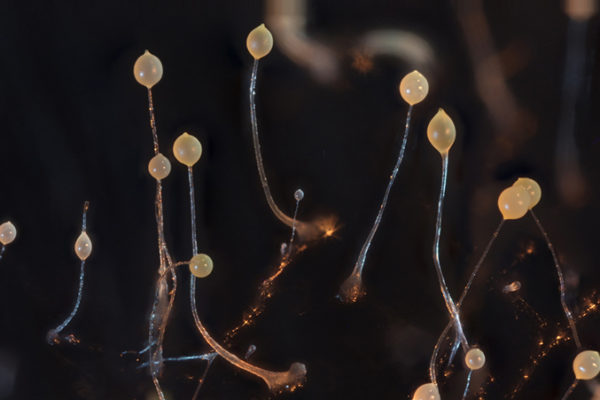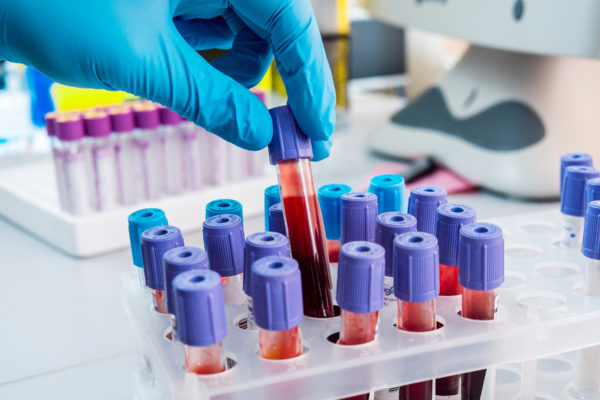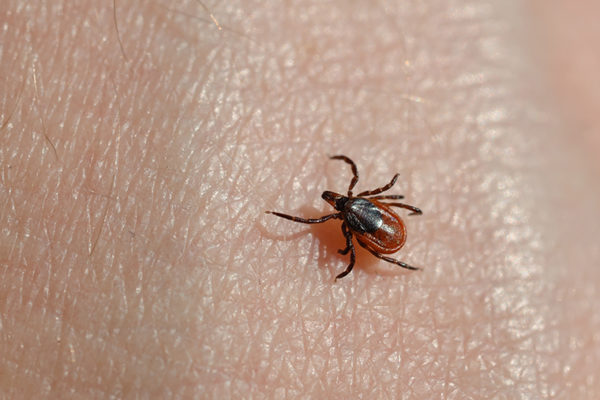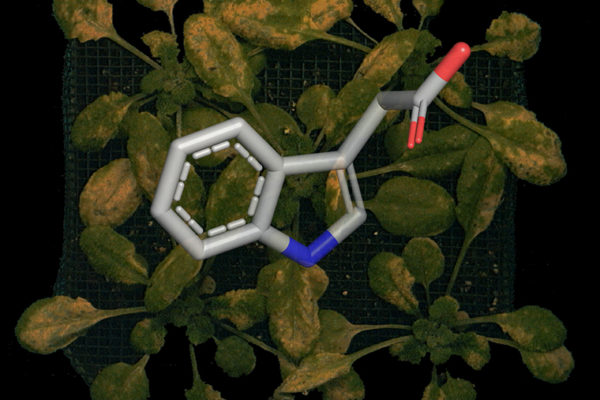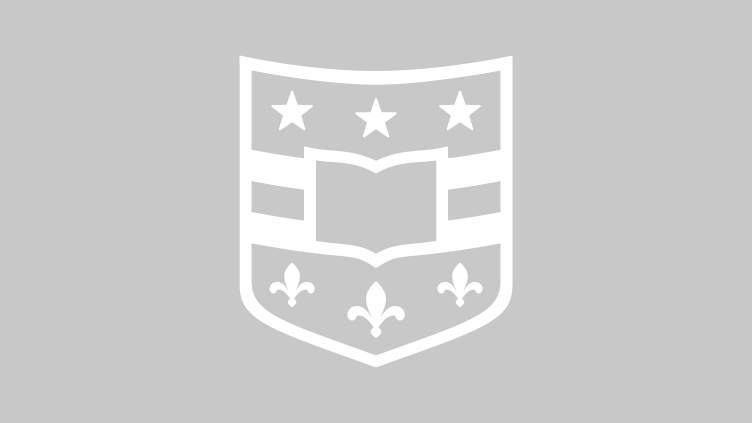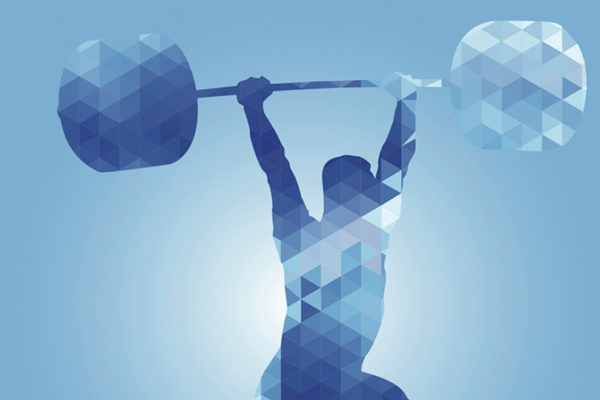Keeping plant-cell motors on track
In a growing plant cell, motor proteins called kinesins work as transporters that haul materials built in one part of the cell to the place where they are needed. Now, biologists at Washington University in St. Louis have discovered the molecular brakeman that holds kinesins in check until their cargo is needed.
WashU Expert: (Daylight Saving) Time is not on your side
The century-old government convention of daylight saving time takes effect this weekend, but it can be hard for our bodies to handle. Washington University circadian rhythm expert Erik Herzog offers some tips to help us adjust.
A new view on electron interactions in graphene
There’s a new way to look at how electrons interact with each other in graphene, an intriguing material comprised of a single layer of carbon atoms. Washington University in St. Louis researchers, led by Erik Henriksen, assistant professor of physics in Arts & Sciences, are exploring the quantum electronic properties of graphene using infrared light.
Arms races and cooperation among amoebae in the wild
Using new gene sequencing techniques, Washington University biologists are taking a closer look at the behavior of the social amoeba Dictyostelium discoideum, or Dicty for short.
Simplifying samples
Using nanotechnology, a team of researchers at Washington University in St. Louis has eliminated the need for refrigeration for biomarkers used in medical diagnostic testing. The researchers recently gave their new tech a real-world test by sending it through the mail.
Every rose has its thorn — and its tick
A new study in Parasites & Vectors finds ticks in urban parks dominated by an invasive rose bush are nearly twice as likely to be infected with the bacteria that causes Lyme disease, as compared to ticks from uninvaded forest fragments. But the trend reverses itself at a broader scale.
New life for endangered coastal lupine
A rare, coastal flowering plant known as Tidestrom’s lupine — threatened by native deer mice that can munch up to three-quarters of its unripe fruits under cover of an invasive beachgrass — has been given a new life with the large-scale removal of that grass, a long-term study in the journal Restoration Ecology shows.
Plotting the path of plant pathogens
In a sneak attack, some pathogenic microbes manipulate plant hormones to gain access to their hosts undetected. Biologists at Washington University in St. Louis have exposed one such interloper by characterizing the unique biochemical pathway it uses to synthesize auxin, a central hormone in plant development.
RSVP for women in tech symposium
The 2018 Women in Innovation and Technology (WIT) symposium will be held Feb. 27 at the St. Louis College of Pharmacy. The symposium is open to all, but RSVPs are requested.
New molecular muscle responds to visible light
Researchers have created a novel polymer that changes color and contracts when exposed to visible light. The tiny, makeshift muscle does some heavy lifting — relatively speaking.
Older Stories

